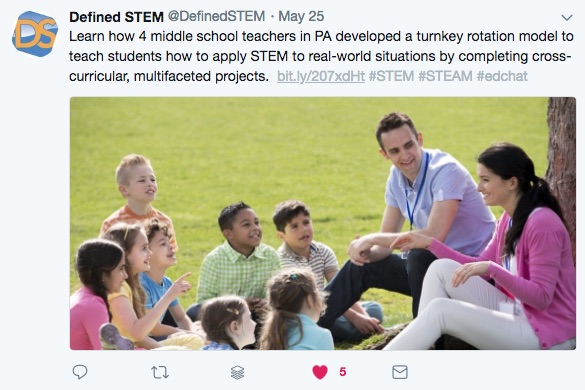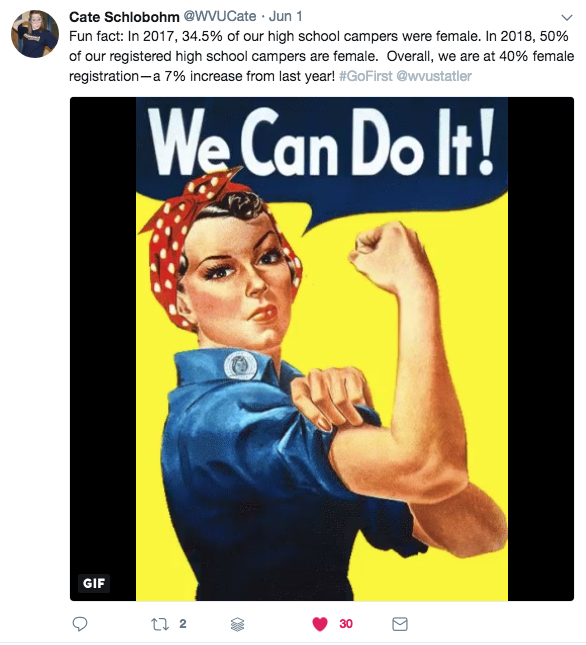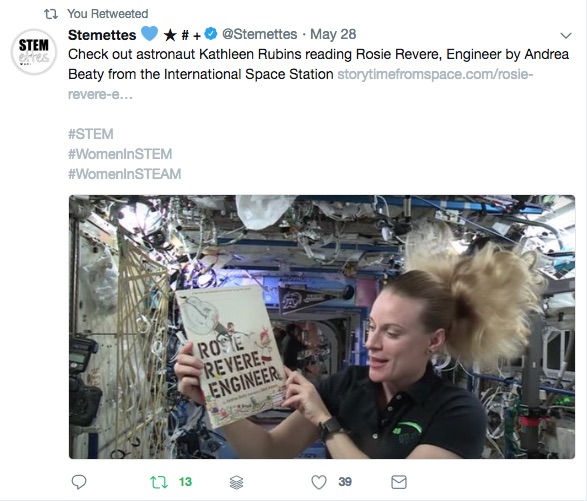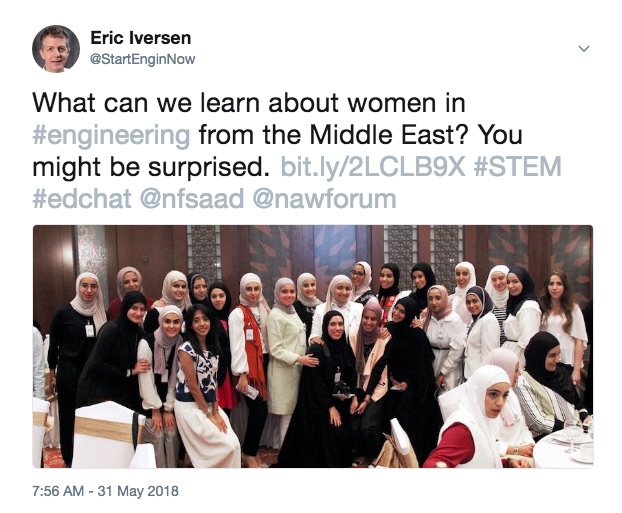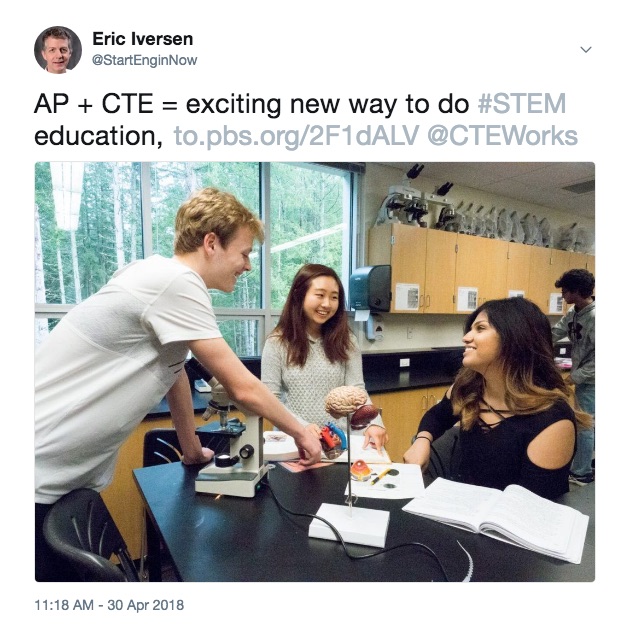Tweet, tweet
Start Engineering has run a Twitter feed for a few years now, and just this month we reached 1,000 followers. As far as we can tell, the good people at Flint STEM Camps (@FlintSTEM) put us past the millennium mark. We’re happy to connect ourselves to such a good cause, under any circumstances, and to add a note of celebration to the link is just all the better.
To note the event, we’ll share this week some thoughts and experiences to do with Twitter, as either invitation to join the Twitterverse, if you haven’t already, or suggestions for making more of what you currently get from the platform.
As the Twitter world turns
Like any growing community, Twitter has its more and less agreeable highways and byways. Justifiably seen as a locus of online Balkanization and bullying, it also hosts a much more extensive, extremely heterogeneous assortment of discussion threads, broadcast resources, and often serendipitous exchanges among people who might otherwise never connect. As a set of active users, the “population” of Twitter is about the same as that of the United States, some 330 million.
Where we hang out
Our Twitter “neighborhood” takes shape around topics like “STEM,” “STEMed,” “K12,” “engineering,” “SciEd,” “edchat,” and other, similar terms. Add a “#” to these terms and you get a hashtag, which works as a searchable tag or marker of the general subject addressed in a tweet. Twitter has wonky search capabilities, and the space constraints can yield cryptic, condensed language. But pretty quickly you find a rhythm of scanning and skipping, clicking and collecting, and the abbreviations, contractions, and special characters all add up to reasonably coherent utterances.
What it’s good for
We use Twitter for three main functions.
The collected attentions of Twitter users provide coverage of items, articles, and events in our areas of interest that no number of enewsletters or website bookmarks could equal.
We establish connections to others active in our field at a low level of intrusiveness, which nevertheless can flower quickly when an occasion for fuller exchange presents itself.
And it’s a broadcast medium, too, for putting our own views and materials into circulation, along with figurative flag posts to alert interested people to their availability.
Tweets that caught our eye
Some of our favorite tweets from recent times are below. They all represent a rich, condensed mix of words, images, and leads to more information that pleased us, taught us something, or just stuck in our heads somehow.
What we do
We generally post three different kinds of items on Twitter. One is a brief comment or summary related to an item in the news that seemed worth sharing. We review the item, looking for some kind of usable, digestible nugget, copy the link into a tweet, and send it on its way. We also post notices of our own publications, mostly blog posts like this one. And of course we retweet, amplifying the circulation of notable items through our own network of followers.
Where we hit the mark
Tweets are measured in various ways: the number of times they appear in users’ streams, people’s clicks on any live element in the tweet, retweets, and likes. Here are some of our tweets that generated a high level of interest, shown in various ways across these various forms of user engagement.
Our “tweeps,” or the people we follow
Besides the 1,000+ people who follow us, we also follow hundreds of other Twitter users. To find interesting people to follow, we often inspect other people’s lists of followed accounts.
The STEM education world on Twitter is large and visible; not so much with K-12 engineering. Below is a small sampling of the people on Twitter we follow who keep a steady focus on the “E” in STEM. All of them are worth a bit of your time. In no particular order (and apologies to anyone feeling left out):
And, finally
What has your experience been with Twitter? If you’re a regular user, whom do you follow? If you’re not, what keeps you away from it? Love to hear people’s experiences.
Please feel free to share with any interested colleagues or friends, whatever their orientation to Twitter might be!
Eric Iversen is VP for Learning and Communications at Start Engineering. He has written and spoken widely on engineering education in the K-12 arena. You can write to him about this topic, especially when he gets stuff wrong, at eiversen@start-engineering.com.
You can also follow along on Twitter @StartEnginNow.
Brand new for 2018! Our new Cybersecurity Career Guide shows middle and high schoolers what cybersecurity is all about and how they can find the career in the field that’s right for them. A great pair with the recently updated version of our Start Engineering Career Guide.
We’ve also got appealing, fun engineering posters for K-2 and 3-5.
Our books cover the entire PreK-12 range. Get the one that’s right for you at our online shop.


